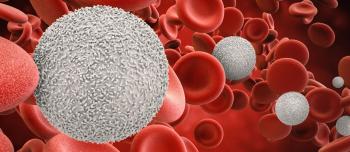The detailed findings of the much anticipated SIPPET (Survey of Inhibitors in Plasma-Products Exposed Toddlers) study were published today, May 26, 2016. The study, “A Randomized Trial of Factor VIII and Neutralizing Antibodies in Hemophilia A,” appeared in The New England Journal of Medicine. The lead investigator was Flora Peyvandi, MD, University of Milan.
Peyvandi and fellow investigators found that previously-untreated patients (PUPs) had a significantly higher incidence of inhibitors when treated with recombinant factor VIII (rFVIII) than those treated with plasma-derived factor VIII (pdFVIII) containing von Willebrand factor (VWF). Developing an inhibitor to treatment remains the most prominent and challenging complication for clinicians, occurring in approximately 30% of hemophilia patients globally.
Back in December, a preview of the SIPPET findings presented during the American Society of Hematology’s annual conference raised considerable interest among patients, providers and industry. While earlier studies have assessed the overall risk of inhibitor development in patients with hemophilia, the SIPPET study is the first large-scale international trial to randomize patients prospectively for the immunogenicity of pdFVIII vs. rFVIII usage.
SIPPET was a prospective randomized study which took place between January 2010 and December 2014 and collected data on 251 children (<6 years of age with severe hemophilia A) from 42 sites in 14 countries in Africa, North and South America, Asia and Europe. The authors reported that rFVIII was associated with an 87% higher incidence than pdFVIII. Half of the patients were randomly assigned to receive either pdFVIII or rFVIII. The authors reported an overall inhibitor incidence rate of 26.8%.
The National Hemophilia Foundation’s Medical and Scientific Advisory Council (MASAC) will be reviewing the full study, making a thorough assessment of these findings and best determine what changes may be needed to the current MASAC recommendations for PUPS.
Source: New England Journal of Medicine, original article, published May 26, 2016





